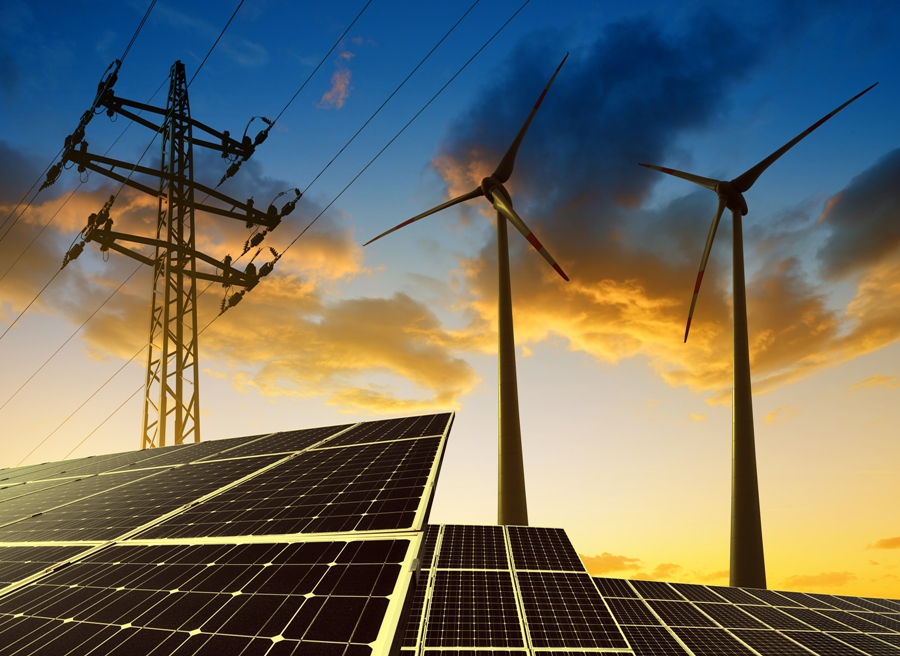If you want to know what the near future will look like when it comes to energy generation and distribution, check out these following eight trends for the coming months.
Biomass energy
The generation of biomass energy has continued spreading into new countries, including India and some African states. Biopower generation is up by 6%, but the production of biodiesel has, in some instances, grown by 20%.
Hydropower
China has taken the lead on this and is continuing its good work. During 2016 alone, approximately 25 GW (which is an impressively big number) of hydropower capacity has been commissioned. To continue along with this path, many countries are investing in the modernization of the existing plants.
Ocean energy
There’s a whole industry here, and the companies aren’t wasting time in trying to advance their technologies even further. Their commercial success is still far from what it should be, but the projections are optimistic.
Geothermal power
There’s a risk of developing this field that has been slowing things down, but the geothermal industry has managed to flourish despite it. This can be thanked to a number of countries, most notably Turkey and Indonesia.
Solar photovoltaics (http://exergy-orc.com/applications/concentrated-solar-power)
This is one of the biggest industries in renewables. Around 30,000 new solar panels are being installed hourly, which is enough to make us realize that we’ll continue hearing even more about photovoltaics.
Solar thermal power
As one of the biggest industries when it comes to renewables, CSP is steadily growing. Last year’s growth rate was the lowest yet, at only 2%. But there are new facilities being set in motion each day.
Wind power
It may come as a surprise, but wind power is considered to be a very competitive industry in the sector of renewable energies. During 2016 alone, around 55 GW of capacity was added.
Solar thermal heating and cooling
During last 12 months, a little under 37 GW of capacity was commissioned, 75% of which accounted for by China. Also, the industry is spreading to new parts of the world, such as Central Africa.
